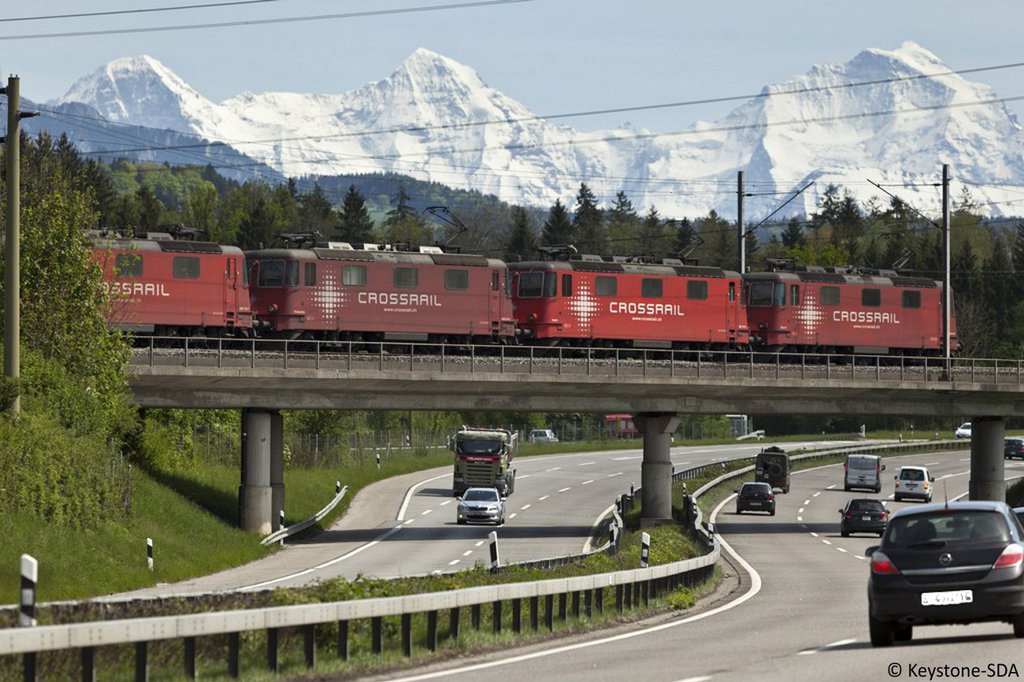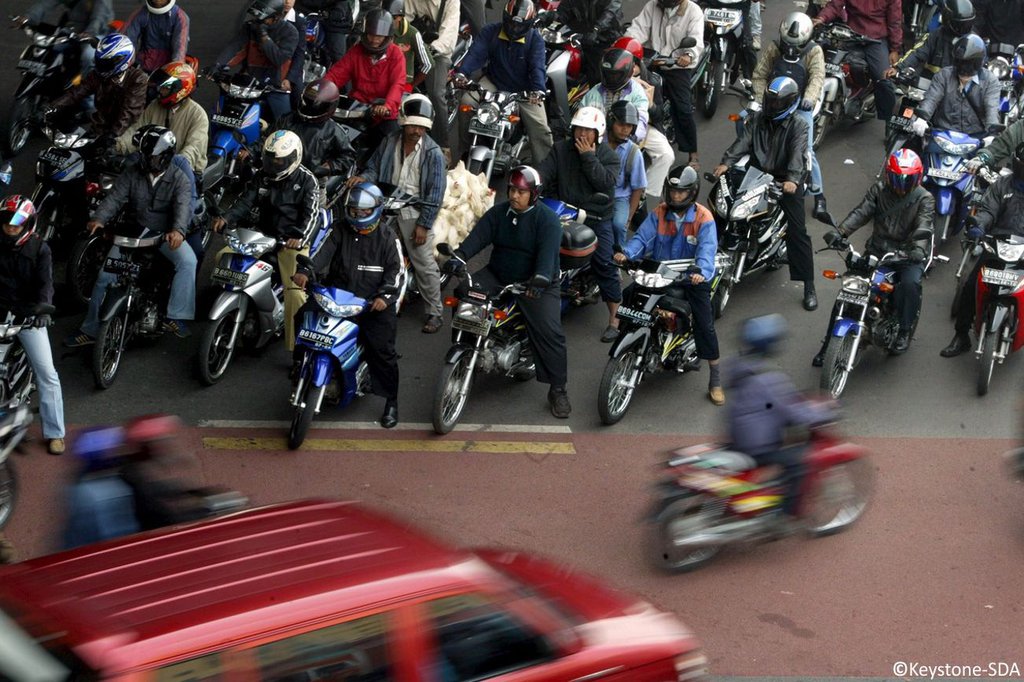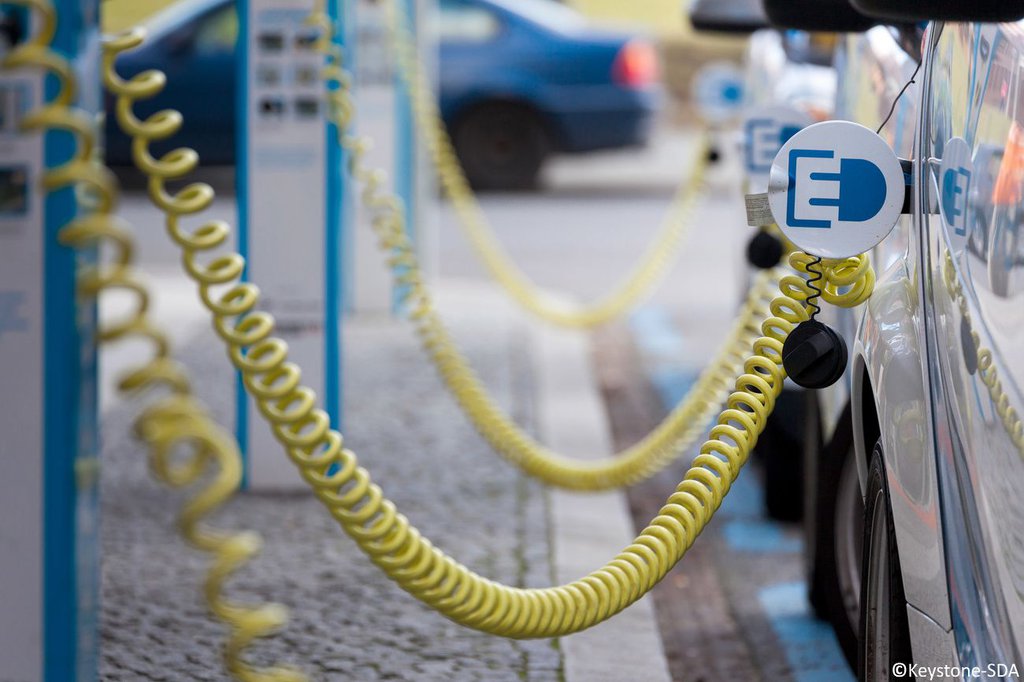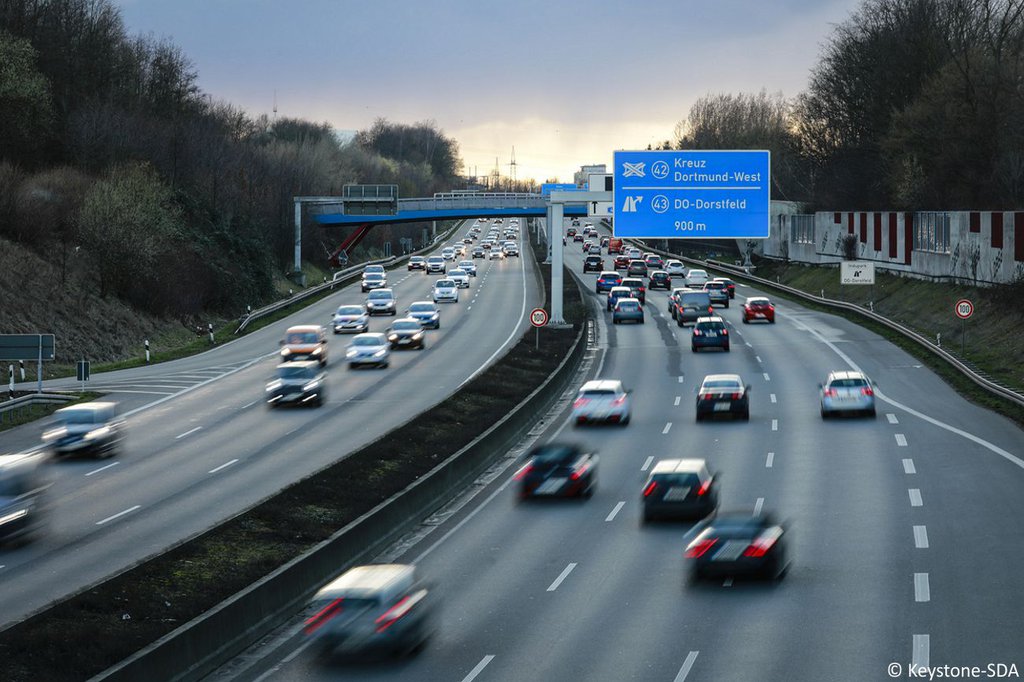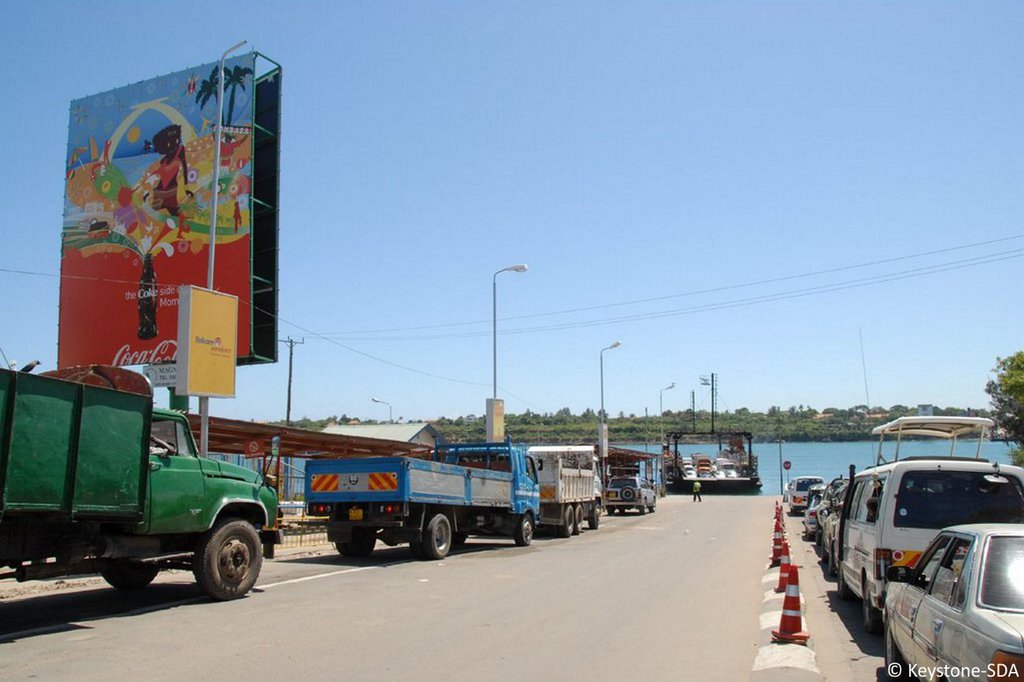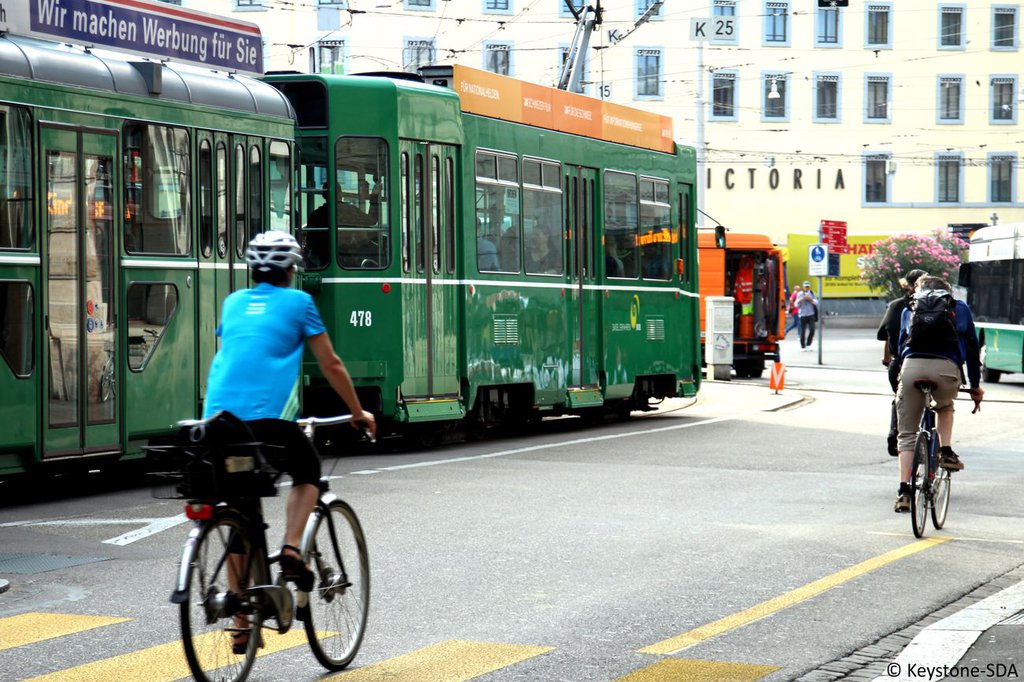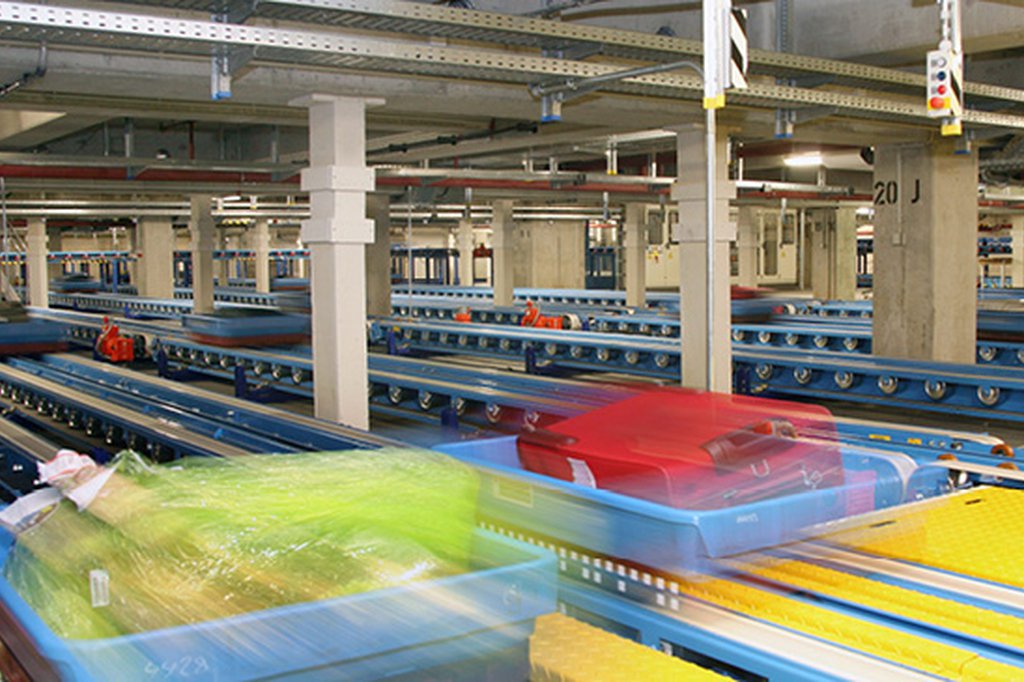The standard for calculating emissions in road transport
News, Environment and Climate, Transport | Aug. 30, 2022

Which greenhouse gas and air pollutant emissions do various vehicle categories cause and how high are a country’s average road traffic emissions? The Handbook Emission Factors for Road Transport (HBEFA) that INFRAS developed provides answers and data.

